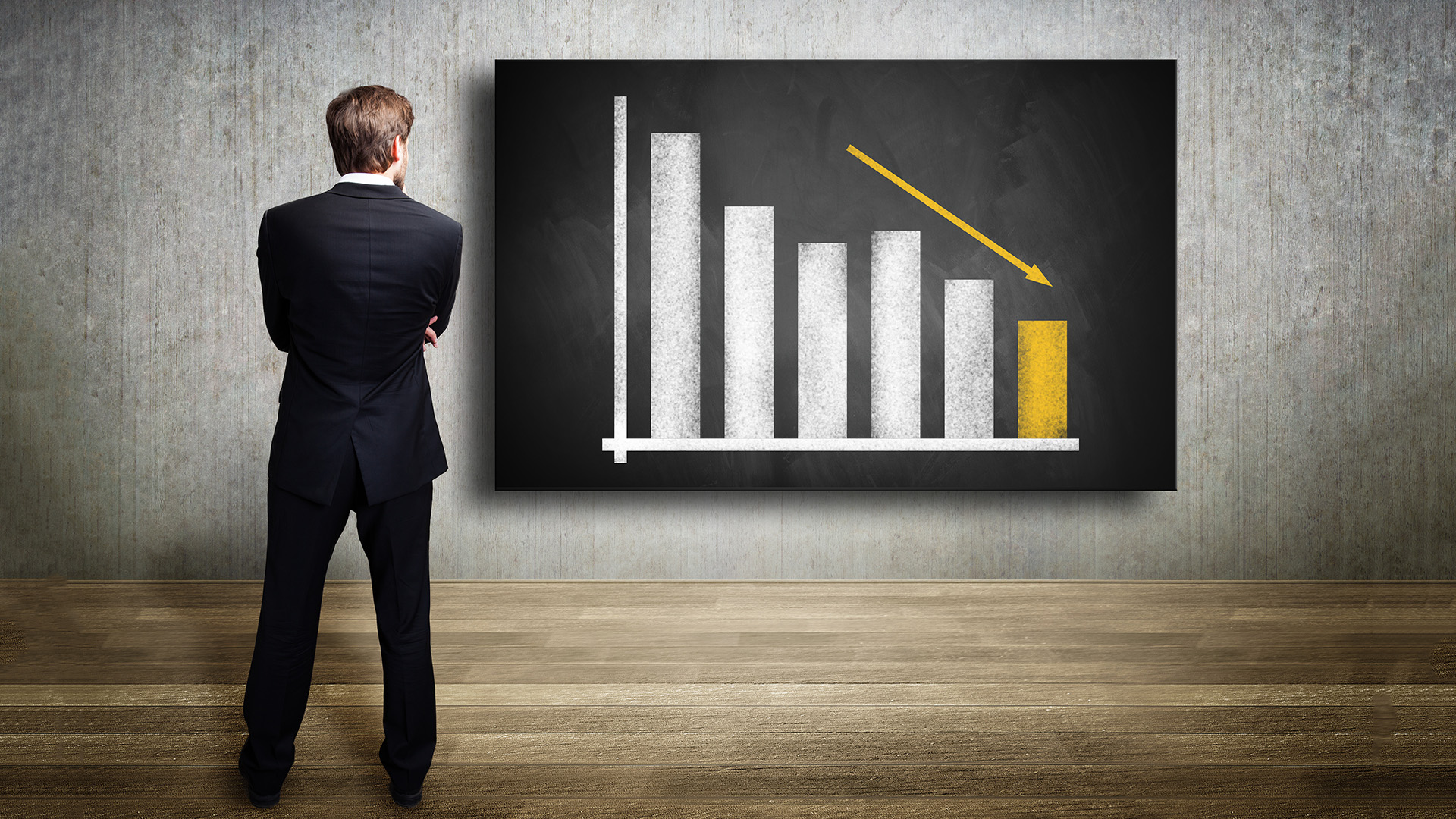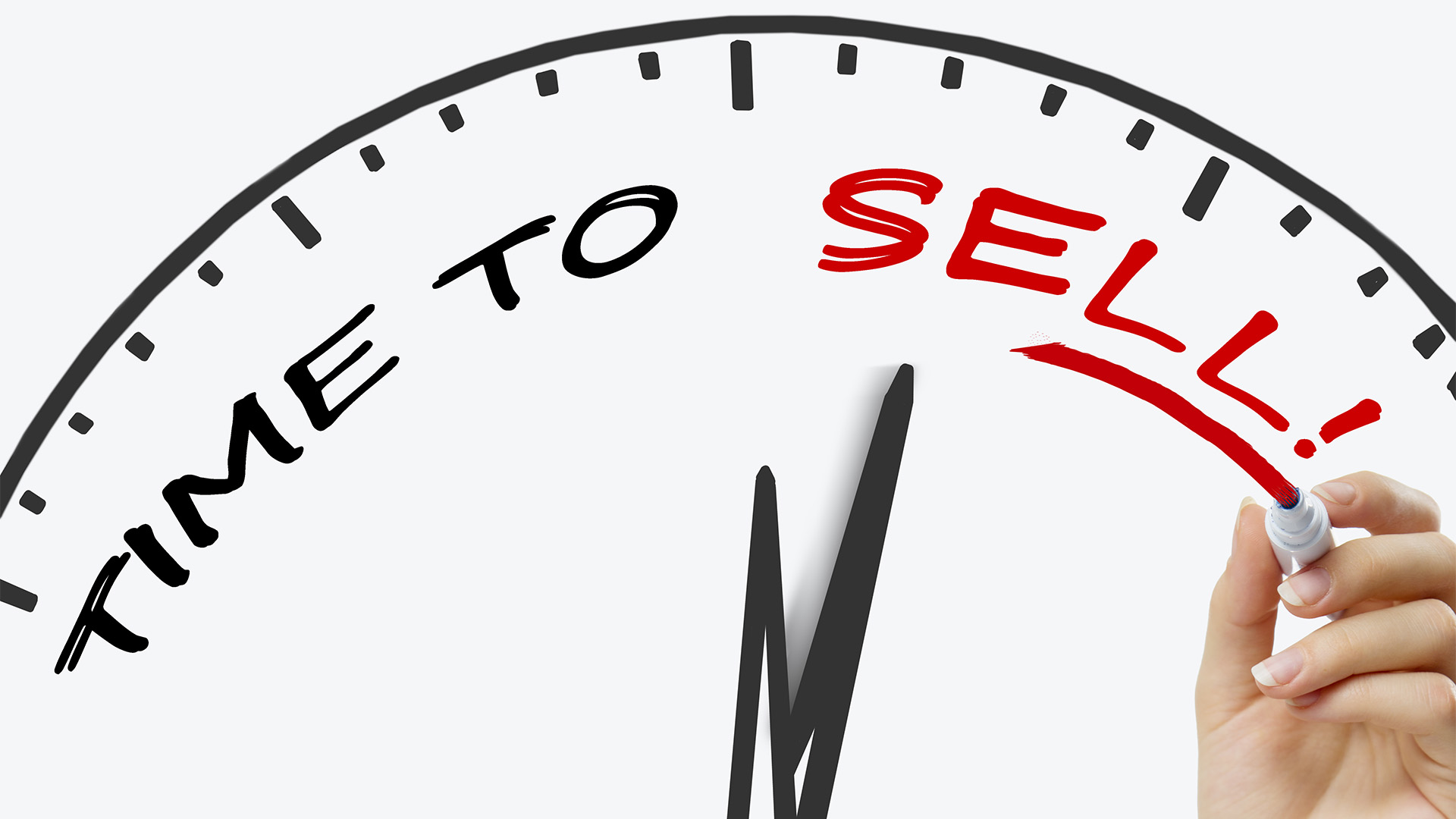
Australia will have to ‘earn’ its interest rate cuts from now on.
All the easy reductions have been made, and we will have to see the economy slump further to get any more, quickly.
One or two analysts now say that Reserve Bank may not cut again if unemployment continues to slow as it is already doing and the economy declines gently, without too much volatility.
Since last September the RBA has chopped rates by 4.25% in the biggest ever loosening of monetary policy in such a short time.
It will now sit and wait for months, perhaps for the rest of the year, barring another slump in global markets or a soaring in unemployment levels here.
Yesterday’s consumer confidence figures supports the idea that the economy isn’t as damaged as those of our major trading partners.
Today’s unemployment figures for March might tell a different story, but we already know that the jobless pool is going to increase sharply as the year goes on.
Each monthly rise in unemployment won’t be a ‘big new’ piece of data.
The bank has cut rates, and the federal government is spending money to make sure those losses don’t escalate at US rates.
Markets are now a bit more circumspect about another rate cut, or rather, about the timing.
The minutes of Tuesday’s board meeting on April 21 will give us a clue. The March quarter consumer inflation figures at the end of the month might also help.
But I think the message now is: ‘don’t expect a rate cut every time the RBA meets’.
Many market economists are maintaining their target rates for the cash rate at 2%-2.5% by the end of the year, but many also are saying that the easing cycle is coming to an end.
The commentary yesterday reinforces a feeling after reading yesterday’s statement from Governor Glenn Stevens that that was it so far as rate cuts are concerned.
In fact there were suggestions that some analysts wouldn’t be surprised if that was it for 2009 rate cuts from the RBA.
Certainly the statement contained no clues for the immediate outlook for the rest of the year.
The 0.25% was as much a bit of ‘tidying up’ the cash rate to a nice round 3% than anything else.
That the banks, led by the NAB, are playing hardball and not passing on much, or nothing of the cut, reinforces that feeling.
If the RBA had wanted to force a substantial rate cut through to borrowers, then it would have chopped by half a per cent or more.
It is content with the amount of stimulus in the economy at the moment and looking out for the next few months.
If the crunch or the recession don’t inflict further, immediate damage on our banks and the economy generally, are returning to the usual monthly ‘will they or won’t they cut’ speculation from the markets and pundits (like us) ahead and after each RBA board meeting.
The latest consumer confidence figures confirm this view with the biggest rise in 8 months, a move that surprised Westpac, which is one of the groups behind the survey, along with the Melbourne Institute.
As well, housing finance figures for February were weaker than expected by the market, but the first home buyers grant continues to drive activity.
Australian housing finance commitments for owner-occupied housing rose 0.4% in February, seasonally adjusted, to 56,235, the Australian Bureau of Statistics said on Wednesday.
Total housing finance by value rose by 1.3% in February, seasonally adjusted, to $19.229 billion. The total value of loans increased to $19.2 billion, seasonally adjusted, in February from $18.9 billion in January, the ABS said this morning .
But the new home owners grant continues to provide the only growth in housing finance.
New home construction finance commitments rose 2.6% in February, while finance commitments for the purchase of built new homes jumped 4.2%. There was no increase at all in the number of existing homes sold.
The ABS said that "in original terms, the number of first home buyer commitments as a percentage of total owner occupied housing finance commitments increased from 26.5% in January 2009 to 26.9% in February 2009, the highest proportion since the series commenced in 1991".
The market had been expecting the number of owner-occupier housing finance commitments to rise by 2.0% in February.
The consumer confidence survey showed that the sentiment index rose 8.3% in April to 92.7 points from March, when it fell 0.2%.
(The survey of 1,200 consumers was conducted between March 30 and Sunday, April 5 and released yesterday).
April is however the 15th month that the index has been under 100, indicating pessimists outnumbers optimists.
Westpac chief economist, Bill Evans described it as a "surprising” result and added “The stimulus package is likely to be buoying consumers".
An index measuring consumers’ expectations for economic conditions over the next 12 months increased 16.9% and opinions on whether now is a good time to buy a major household item gained 3.2%.
Both will add to the belief at the RBA that rate cuts are now on hold.
Goldman Sachs JBWere said:
While it is stretching the interpretation of the RBA’s statement to suggest that the RBA cut interest rates to help ease the funding costs for the Australian banking system, it is of interest that the RBA would have been well aware of the banks’ warnings that they may not pass on













